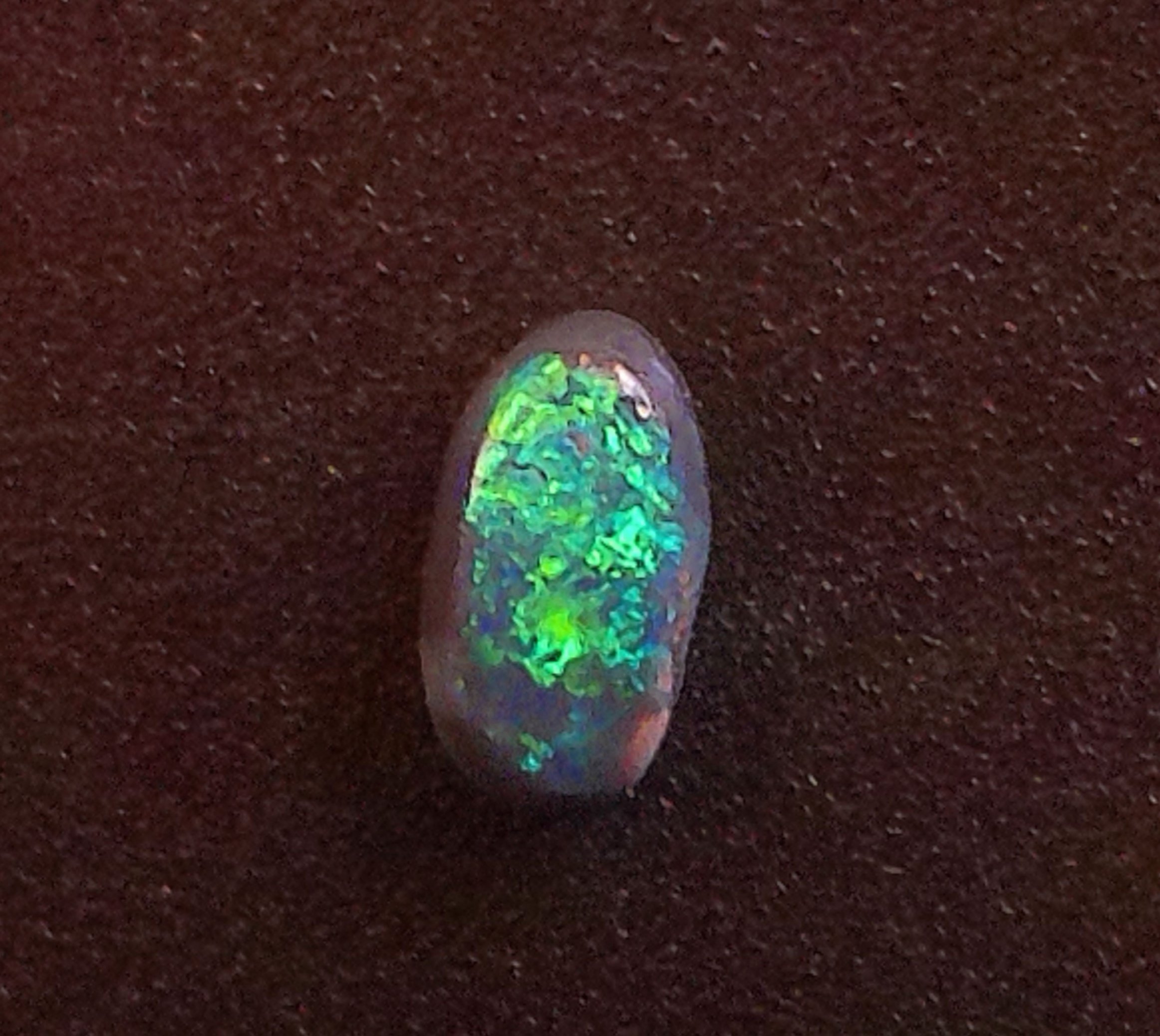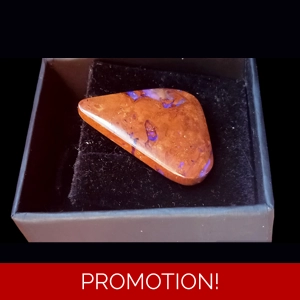
Black opal: is a natural solid stone usually possessing an opaque body colour ranging from dark gray to black, and from which background the overlying spectral colours are enhanced. This occurs because the dark background of the opal absorbs the scattered white light which is developed in lighter varieties of opal and which invariably dilutes and diffuses the colour play. Consequently, the visual impact and brilliance of the spectral colours are much enhanced.

Andamooka opal: is a rock formation only found in the areas surrounding the mining town of Andamooka. Quite rare in terms of production and location. The rarest have full colour with the most rarest having pattern such as floral and furn.
All finished Andamooka will be sealed in a resin just like granite, wood for example.

Crystal opal: an opal variety renowned for their translucence and transparency. The light easily passes through the surface and into the core of the stone, giving them mesmerizing iridescence.
These opals can be found in the same locations as other opals. However, certain regions and towns are famous for their high volume of crystal opals. One region, in particular, is Andamooka, Australia, where the largest crystal opal was found.
While crystal opals may have crystal in their name, they don't have a crystal structure on a microscopic level -- they're considered "amorphous" or "glassy" solids like all other opals

White opal: Coober Pedy is situated in South Australia, between Adelaide and Darwin, and is known as the ‘Opal capital of the world’. This dusty hot outback town was first discovered in 1915 by a syndicate of gold prospectors, who accidentally discovered the mesmerising gemstone now known as opal. After many ‘boom and bust’ periods, the mining region expanded into a multi-million dollar industry in the 1960s. Today, it’s a town of approximately 2000 people, with 70 opal fields covering an area of around 50 kilometres.























 Services provided
Services provided